Scan barcode
NPR's 100 Favorite Horror Stories (2018) - NEW VERSION
Hosted by biblio_creep
46 participants, 100 books
You can start and finish this challenge whenever you like!
All notes on the books are taken from the NPR article:
https://www.npr.org/2018/08/16/632779706/click-if-you-dare-100-favorite-horror-stories
Who doesn't love a good scary story, something to send a chill across your skin in the middle of summer's heat — or really, any other time? And this year, we're celebrating the 200th birthday of one of the most famous scary stories of all time: Frankenstein.
https://www.npr.org/2018/08/16/632779706/click-if-you-dare-100-favorite-horror-stories
Who doesn't love a good scary story, something to send a chill across your skin in the middle of summer's heat — or really, any other time? And this year, we're celebrating the 200th birthday of one of the most famous scary stories of all time: Frankenstein.
We asked you to nominate your favorite horror novels and stories, and then we assembled an expert panel of judges to take your 7,000 nominations and turn them into a final, curated list of 100 spine-tingling favorites for all kinds of readers. Want to scar your children for life? We can help. Want to dig into the dark, slimy roots of horror? We've got you covered.
As with our other reader polls, this isn't meant to be a ranked or comprehensive list — there are a few horror books you won't see on it, despite their popularity — some didn't stand the test of time, some just didn't catch our readers' interest, and in some cases our judges would prefer you see the movie instead. (So no Jaws, sorry.) And there are a few titles that aren't strictly horror, but at least have a toe in the dark water, or are commenting about horrific things, so our judges felt they deserved a place on the list.
One thing you won't see on the list is any work from this year's judges, Stephen Graham Jones, Ruthanna Emrys, Tananarive Due and Grady Hendrix. Readers did nominate them, but the judges felt uncomfortable debating the inclusion of their own work — so it's up to me to tell you to find and read their excellent books! I personally, as a gigantic horror wuss, owe a debt of gratitude to this year's judges, particularly Hendrix, for their help writing summaries for all the list entries. I'd be hiding under the bed shuddering without their help.
And a word about Stephen King: Out of almost 7,000 nominations you sent in, 1,023 of them were for the modern master of horror. That's a lot of Stephen King! In past years, we've resisted giving authors more than one slot on the list (though we made an exception for Nora Roberts during the 2015 romance poll — and she's basically the Stephen King of romance.) In the end, we decided that since so much classic horror is in short story format, we would allow authors one novel and one short story if necessary.
Challenge Books

Frankenstein
Mary Shelley
While reviewers at the time condemned Shelley's "diseased and wandering imagination," her vision of human knowledge and technological advancement outstripping humanity's ability (or inclination) to use that knowledge responsibly still resonates today.
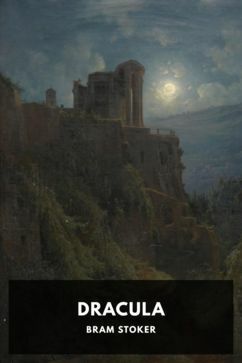
Dracula
Bram Stoker
OK, it wasn't the first vampire novel, but Bram Stoker's most famous work was certainly the first book to pull together all the qualities we now associate with vampires — except the sparkling: Transylvanian, aristocratic, dangerous to young women, so, basically Bela Lugosi (who was actually Hungarian, but oh, that accent). Much like its monstrous companion Frankenstein, Dracula wasn't initially regarded as a classic — but once the film adaptations began to appear, it quickly achieved legendary status.
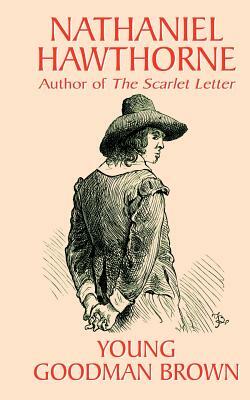
Young Goodman Brown
Nathaniel Hawthorne
Nathaniel Hawthorne's short story is the ur-American horror tale. Published in 1835, it's short and savage: A young husband travels through the dark woods and stumbles upon a satanic orgy. Everyone he knows is there, including his lovely young wife. Then he wakes up in his own bed. Was it all a dream, or do his neighbors lead secret double lives? Is his wife a blushing bride or an emissary from hell? Modern America still lives in the shadow of these implications.
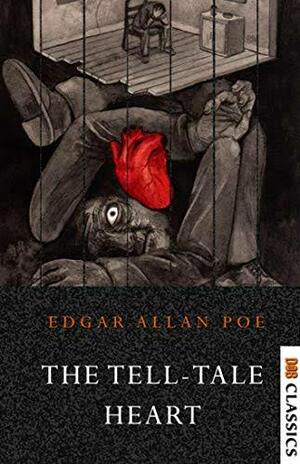
The Tell-Tale Heart
Edgar Allan Poe
Why do you think I'm mad? I'm just nervous. Nervous, I swear. Look at how calmly I can write up this summary of one of Edgar Allan Poe's most famous stories, about an unnamed narrator recounting how he killed the old man with the "evil eye." It wasn't the man, you see, but his "evil eye"! But what's that noise? Louder! Louder! Louder! It is the beating of his hideous heart!
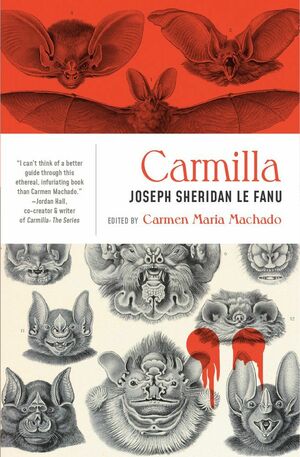
Carmilla
J. Sheridan Le Fanu
"I have been in love with no one, and never shall," whispers the lovely vampire, "unless it should be with you." Long before Dracula had any brides, Sheridan Le Fanu's deliciously shivery novella gave readers a thrill with its barely-veiled lesbian subtext. Though lesser known than Bram Stoker's work, "Carmilla" was a great influence on Dracula — and a classic in its own right.
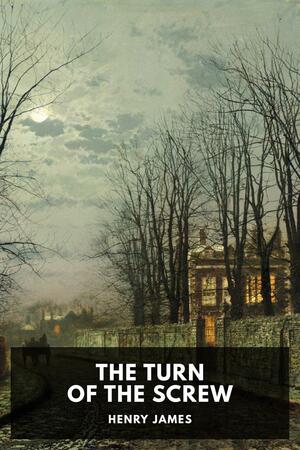
The Turn of the Screw
Henry James
Nobody's entirely sure what evil lurks at the heart of Henry James' seminal story, but we can all agree that it's creepy as heck. Written in the form of a manuscript by a former governess, now dead, it describes her experiences caring for two unfortunate children on a country estate that may or may not be haunted by the ghosts of former estate workers ... who may or may not be communing with or somehow controlling the children. As with several of the stories on this list, readers are left to judge whether the horrors are real or whether our narrator is merely mad.
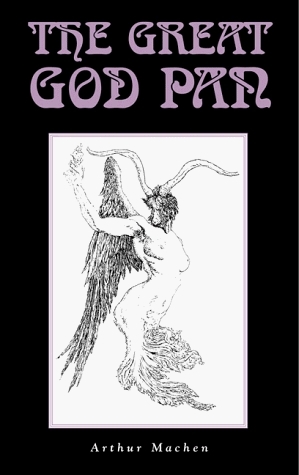
The Great God Pan
Arthur Machen
Creating a hole in a human head is almost never a good idea, particularly when it's done by a mad scientist who wants to open up the skulls of mankind to the spiritual world. This story of a half-divine woman who inveigles men to their doom shocked critics in its time — and was a major influence on H.P. Lovecraft and authors in his orbit. (And the great god Pan here isn't much like the Pan of Greek myths; he is closer to being one of the Lovecraft-inspired Elder Gods.)
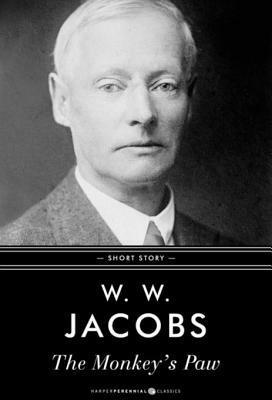
The Monkey's Paw: Short Story
W.W. Jacobs
That old saying about being careful what you wish for predates W.W. Jacobs' classic spooky story — but there may be no better illustration than this tale of a father, a son and three wishes gone horribly wrong. "'The Monkey's Paw' gets us to do the work of dreaming up the monster on the other side of the door. But it's no less real for that. Really, it's more real, probably," says judge Stephen Graham Jones.
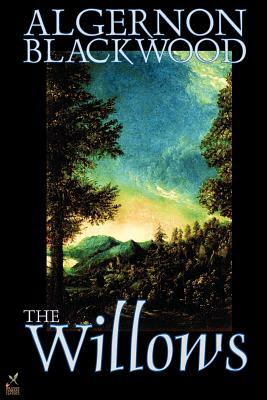
The Willows
Algernon Blackwood
Two friends, never named — though one, we learn, is "devoid of imagination," so remember that as you read — are on a canoe trip down the Danube during its summer floods. This seems foolhardy enough, but then they decide to make camp on an island that turns out to be packed with monstrous, night-walking willow trees who definitely don't want them there. This story was reportedly one of H.P. Lovecraft's favorites, and we can see why.

The Yellow Wall-Paper
Charlotte Perkins Gilman
Charlotte Perkins Gilman drew on her own experience of illness and powerlessness for "The Yellow Wallpaper" — prescribed a "rest cure" for her nerves, she was forbidden to work, to touch pen or pencil, allowed only two hours' intellectual stimulation a day and commanded to live as domestic a life as possible. It nearly broke her, and she later said she wrote this story of a young woman driven mad by a rest cure and some unfortunate wallpaper as a direct message to her doctor.
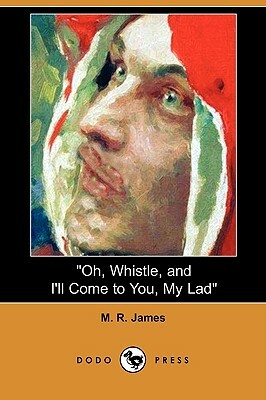
Oh, Whistle, and I'll Come to You, My Lad
M.R. James
Between 1904 and 1925, M.R. James, an ascetic British scholar who lived his entire life at boys' schools, either as a student or a professor, turned out four short story collections that transformed ethereal phantoms into hideously corporeal apparitions with too many teeth, too much hair and plenty of soft, spongy skin. His characters merely had to read the wrong book, collect the wrong artifact or bump into the wrong person on the street, and soon one of his creations would be slithering into their safe spaces — their warm bedsheets, their cozy parlor, their beloved study — and enveloping their faces in a soggy, smothering touch.
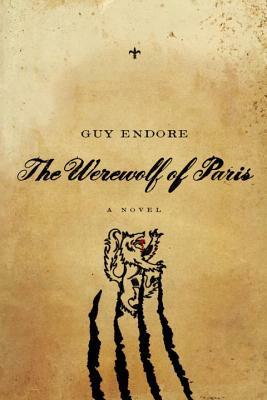
The Werewolf of Paris
Guy Endore
Kind of a Les Miserables for lycanthropes, Guy Endore's 1933 novel is The Great American Werewolf Novel. A man journeys through 19th century France, seeking to destroy his nephew — whom he suspects of having inherited the family curse — and along the way giving readers a tour of man's appetite for carnage, with stops during the Franco-Prussian War and the Paris Commune. What does it matter, Endore asks, if a werewolf kills a few people, in the face of a political system that kills thousands?